How to fix Wdf01000.sys Blue Screen Error on Windows 10?
- Home
- Support
- Tips System Rescue
- How to fix Wdf01000.sys Blue Screen Error on Windows 10?
Summary
Discover the ultimate guide to solve the Wdf01000.sys blue screen error on your Windows 10 computer! Say goodbye to the frustration of not being able to use your device as normal. Our solutions will ensure that your system is up and running in no time. Plus, find out how to safely backup or transfer your important files. Don't let a blue screen error hold you back - get your system back on track with our trusted advice.
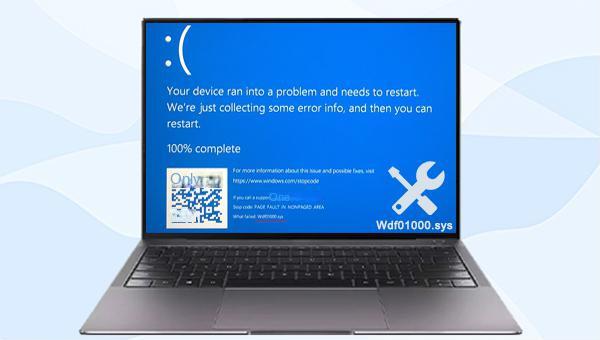

Easy to use 3 steps to transfer the files.
Transfer the files Transfer the important files of the computer without system.
Preview the files Preview the files while transferring the data.
Multifuctional Data recovery, Windows password reset, bootable problem recovery can be run without system.
Highly compatible Windows 10/8.1/8/7/XP/Vista. Also supports UEFI boot mode.
Easy to use 3 steps to transfer the files.
Transfer the files Transfer the important files of the computer without system.
Preview the files Preview the files while transferring the data.
Free TrialFree TrialNow 2000 people have downloaded!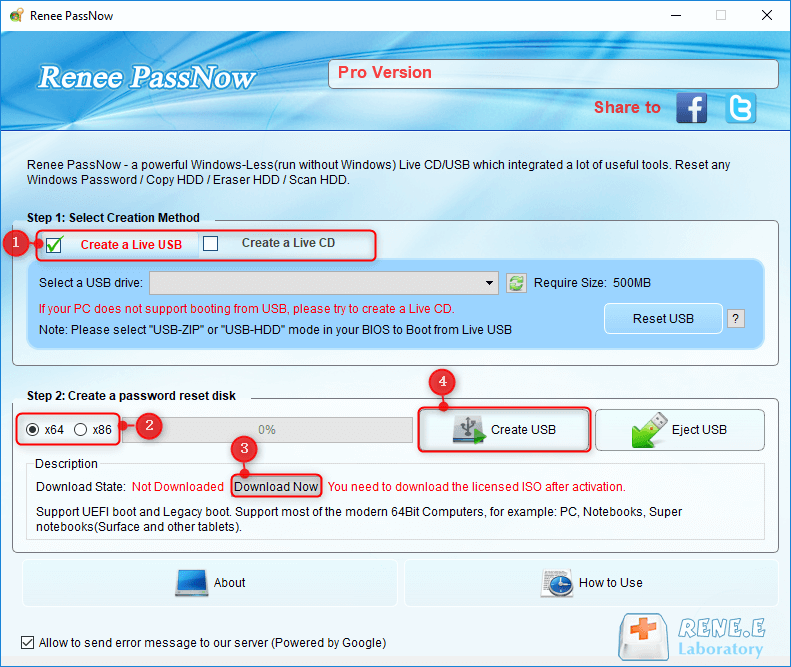
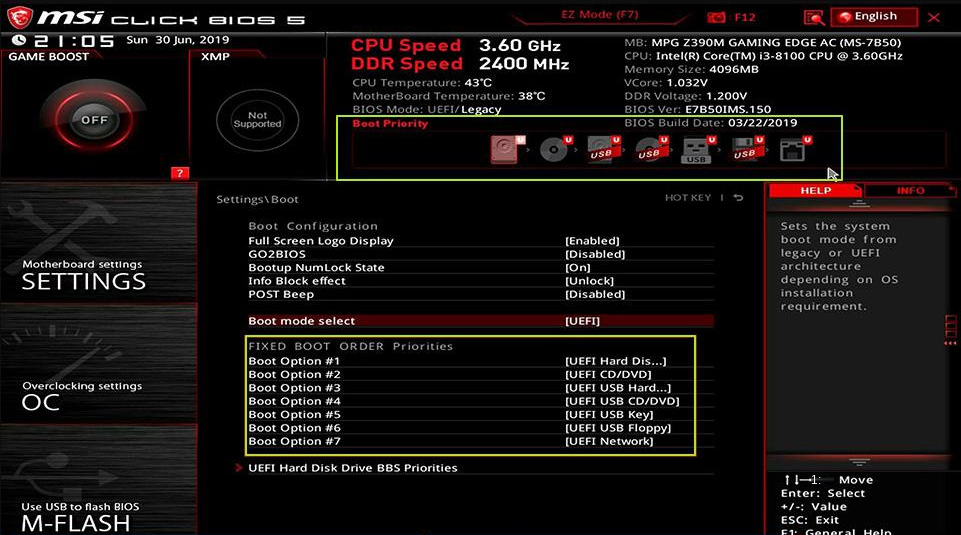
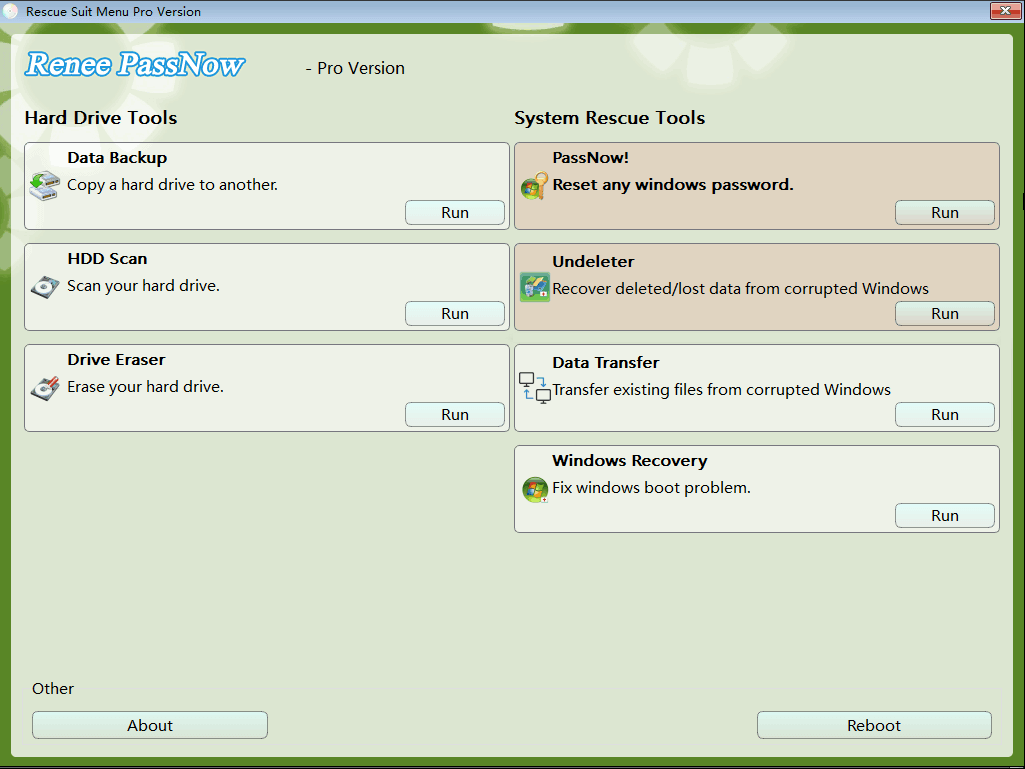
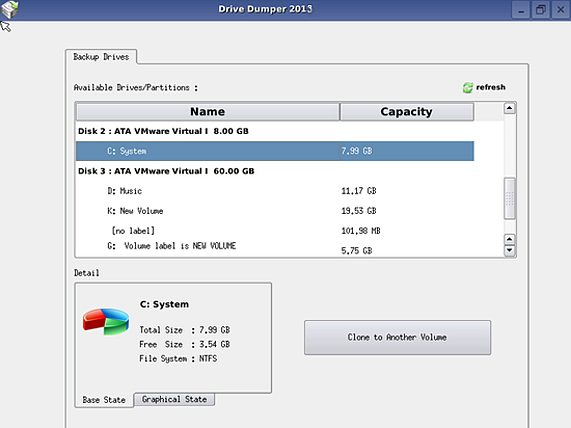
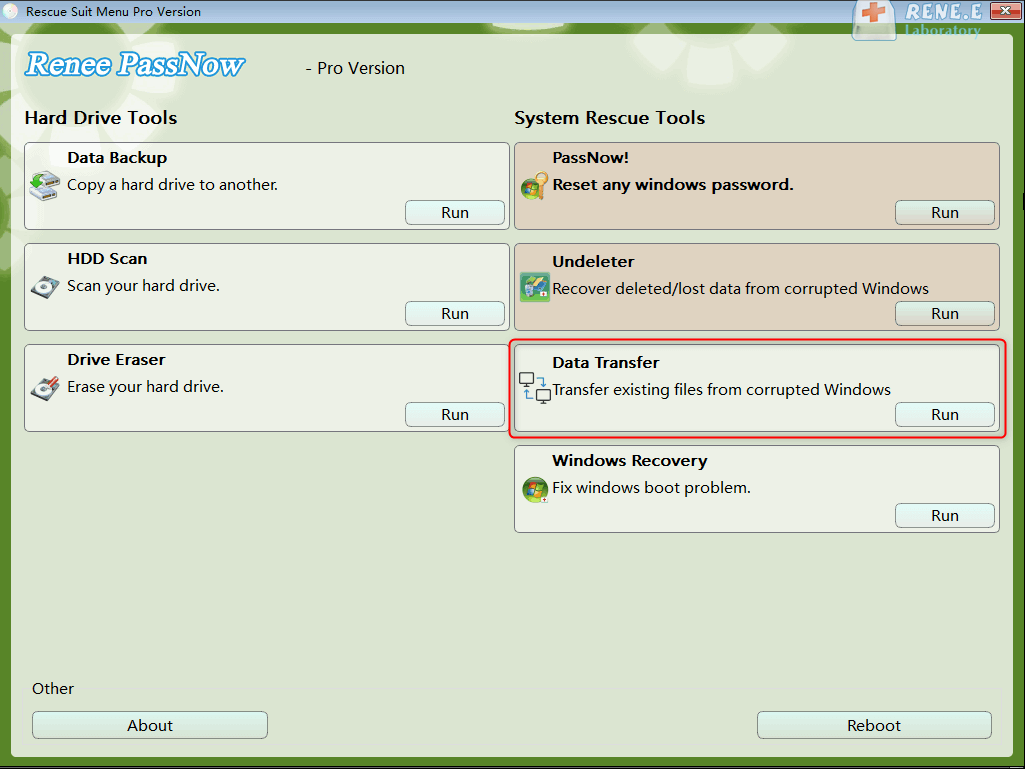
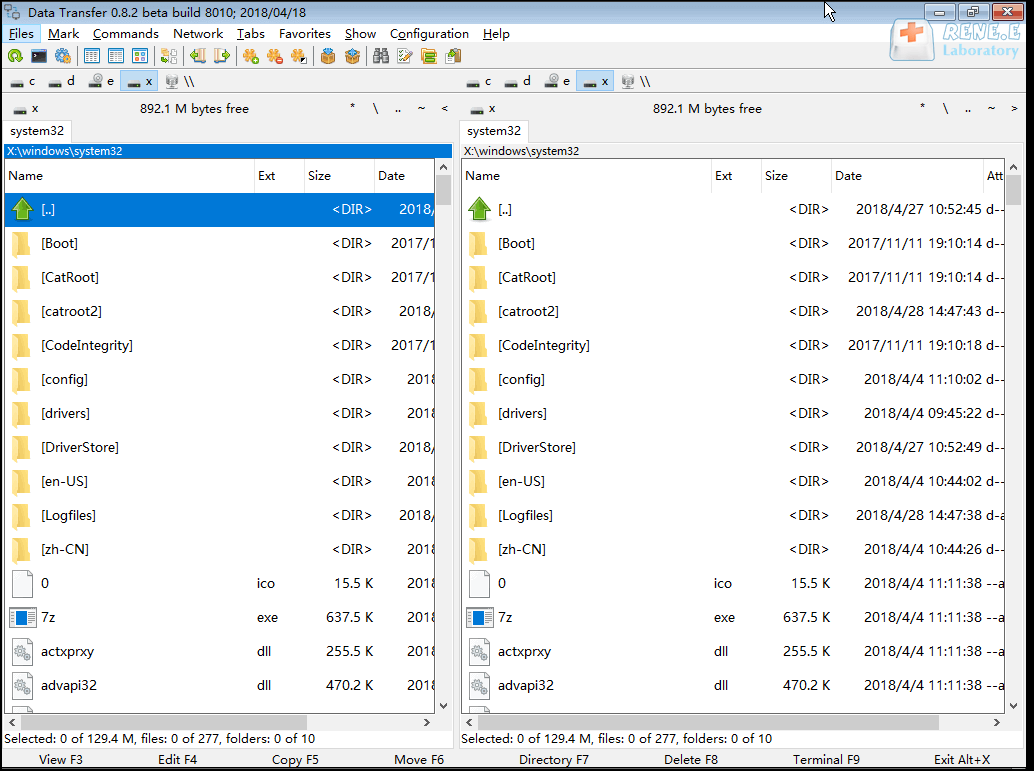
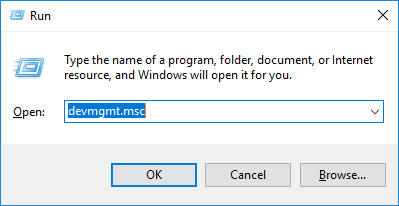
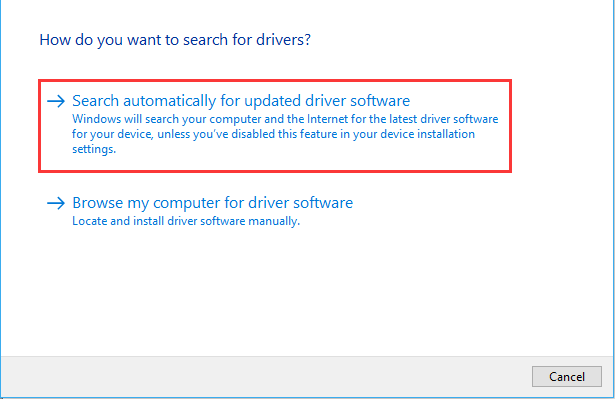

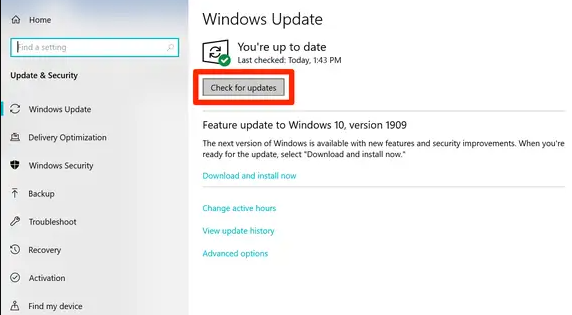
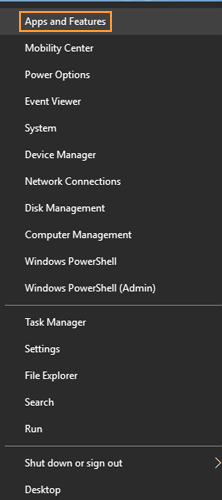
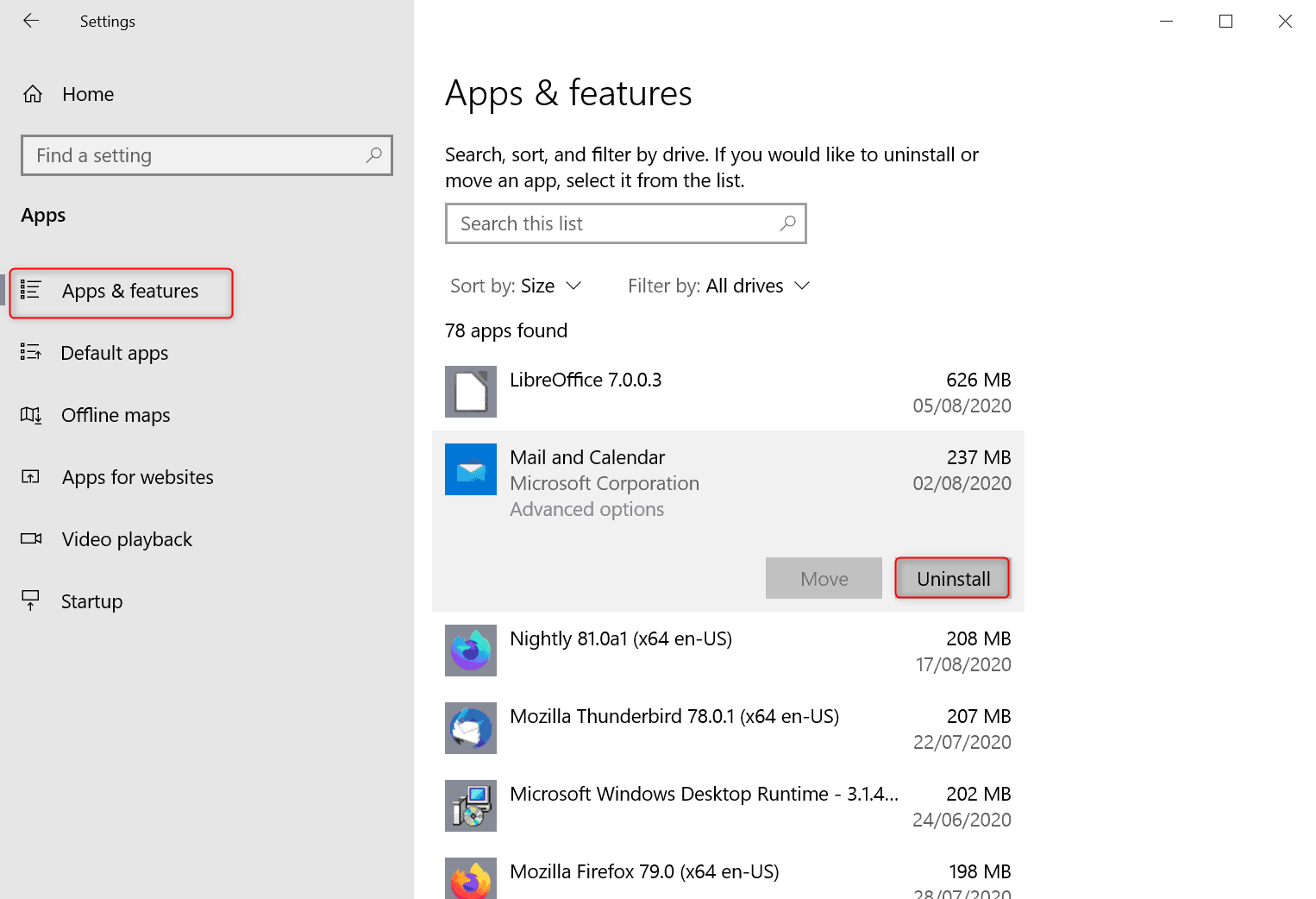

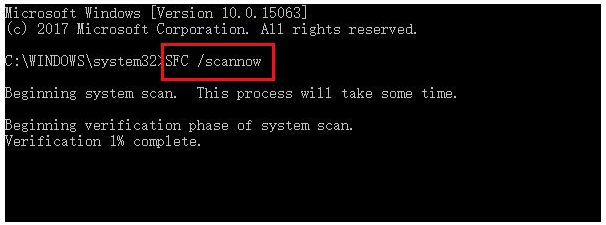



Relate Links :
How to Resolve 0xc0000185 Error in Simple Steps?
26-05-2024
John Weaver : Master troubleshooting the error code 0xc0000185 on Windows and recover data post-crash with our effective, expert-recommended solutions.
Expert Tips for Solving SrtTrail.txt Error on Windows
02-07-2024
Amanda J. Brook : Learn how to solve the SrtTrail.txt error on your Windows computer with practical solutions that will save you...
Fix the Hard Drive Error Code 2000-0146 Easily
02-07-2024
Ashley S. Miller : Learn how to fix the error code 2000-0146 and prevent system failure, including the dreaded blue screen of...
What can you do when you can't create the recovery drive?
18-09-2024
Jennifer Thatcher : Follow this expert-approved guide to resolve the 'can't create recovery drive' error and safeguard your important data efficiently.
- I. About Wdf01000.sys blue screen error
- II. When unable to enter the system, use Renee PassNow to backup or transfer important data
- 1. What is Renee PassNow?
- 2. How to use Renee PassNow to backup or transfer data?
- III. How to fix Wdf01000.sys blue screen error?
- 1. Disconnect the external device and restart the computer
- 2. Update the device driver
- 3. Update Windows
- 4. Reinstall the problematic software
- 5. Run the SFC command to scan system files
- 6. Run the chkdsk command to scan the hard disk
- 7. Re-register the Wdf01000.Sys file




